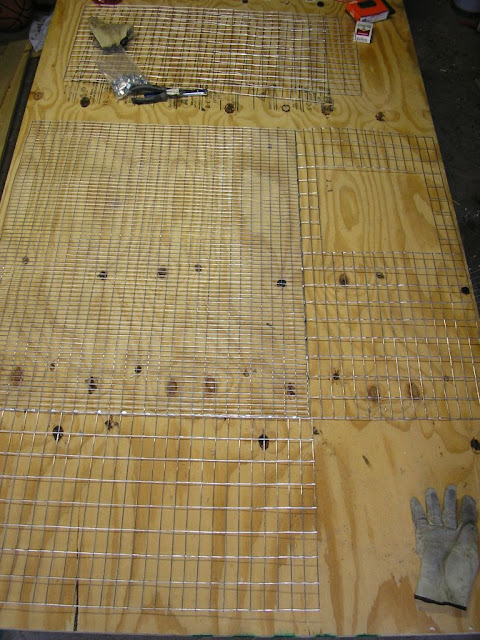Welcome back to The Shak.
I performed the last upgrade to the chickens food and water situation. The little buggers are not so little anymore. They seem to grow noticably day-to-day. The only problem with all this growing is their knocking over their feeders and waterers. Solution? Bigger stuff.
I purchased a new seven gallon waterer and a new forty pound capacity feeder. These are both suspended from the ceiling. Not only will this keep the chickens from toppling their food and water, it will and has reduced my work load. There is not much left for me to do but clean the removable water tray. It snaps off and on without my having to take down the feeder. And with their large capacities, I rarely have to fill them. Suspending them keeps them at the right height (chicken back height); thereby, preventing the chickens from scratching the food out of the feeder and crapping in or spilling the water.
I also bought egg layer crumble instead of chick feed. They grow up so fast.
Thanks for stopping. Come again soon.
I performed the last upgrade to the chickens food and water situation. The little buggers are not so little anymore. They seem to grow noticably day-to-day. The only problem with all this growing is their knocking over their feeders and waterers. Solution? Bigger stuff.
 |
| 40# feeder on the left. 7 gallon waterer to the right. |
 |
| Chicks no more. |
 |
| Look at the size of the breasts on that chicken! |
Thanks for stopping. Come again soon.




















